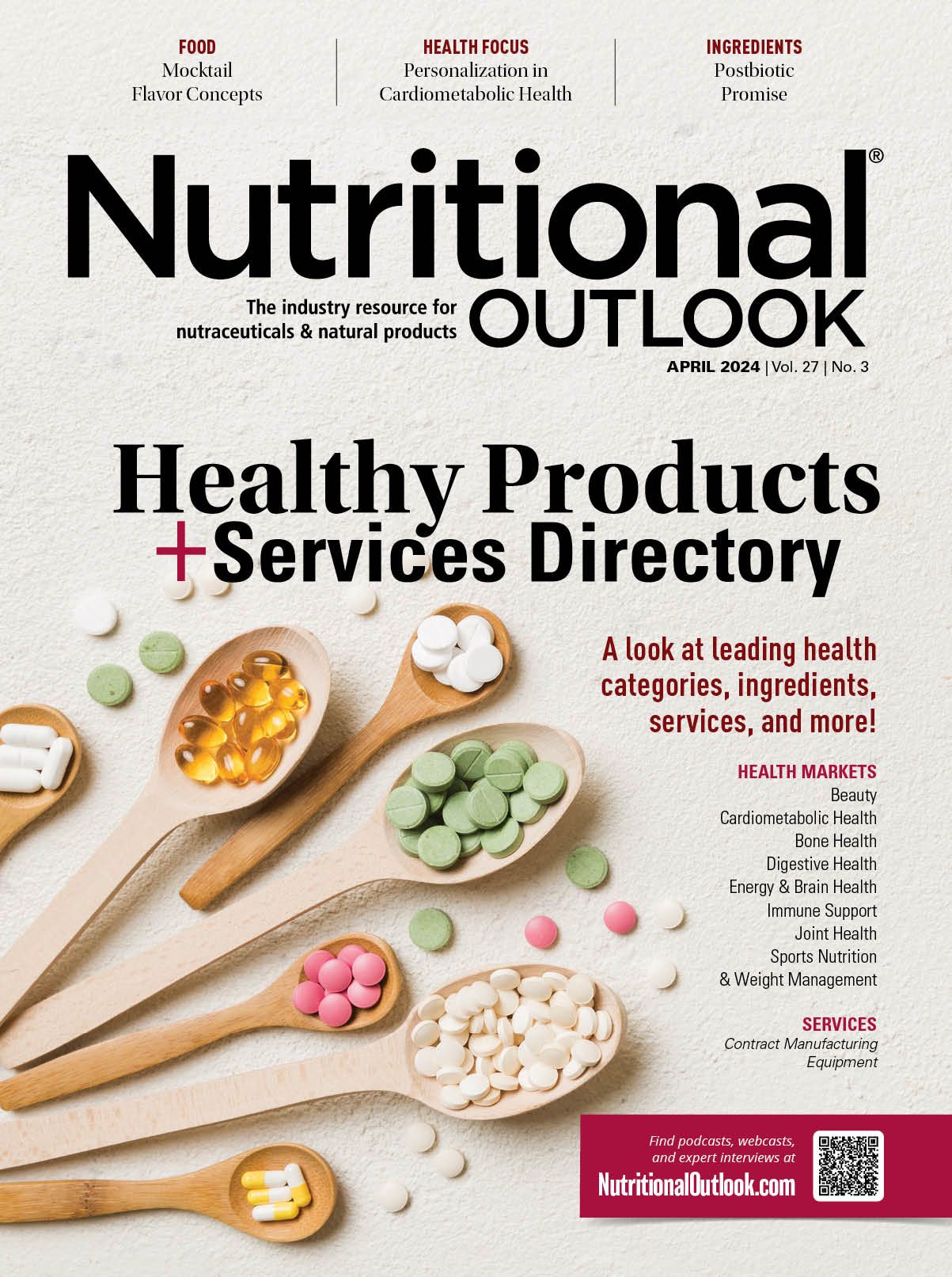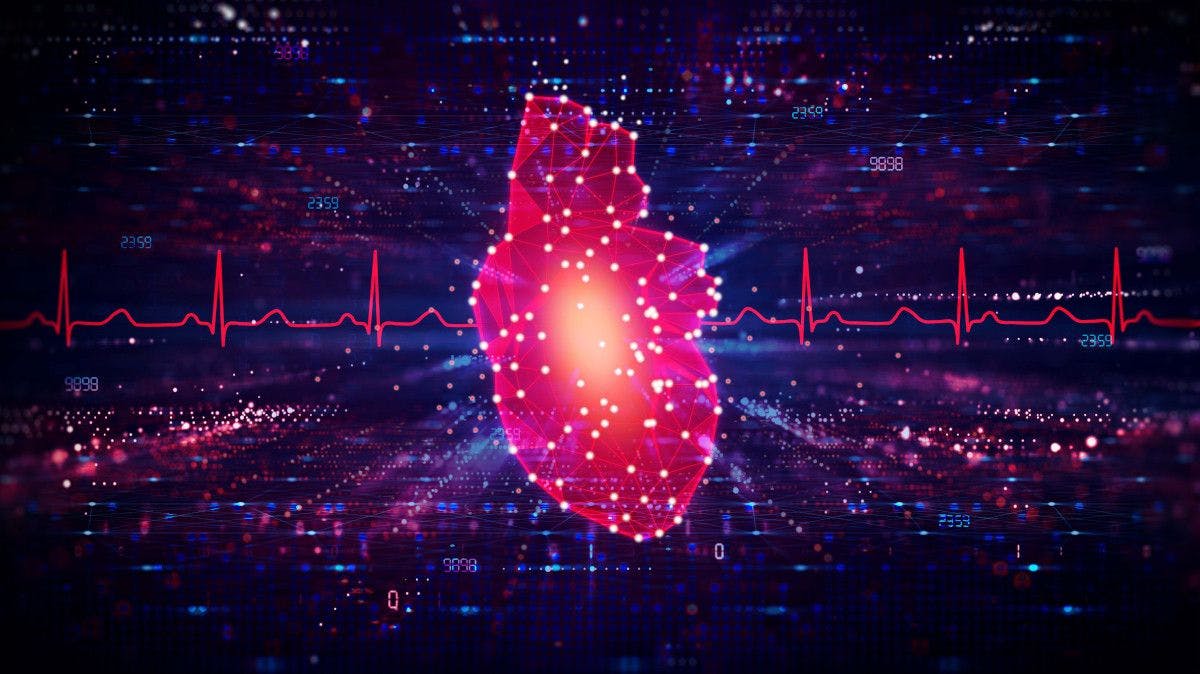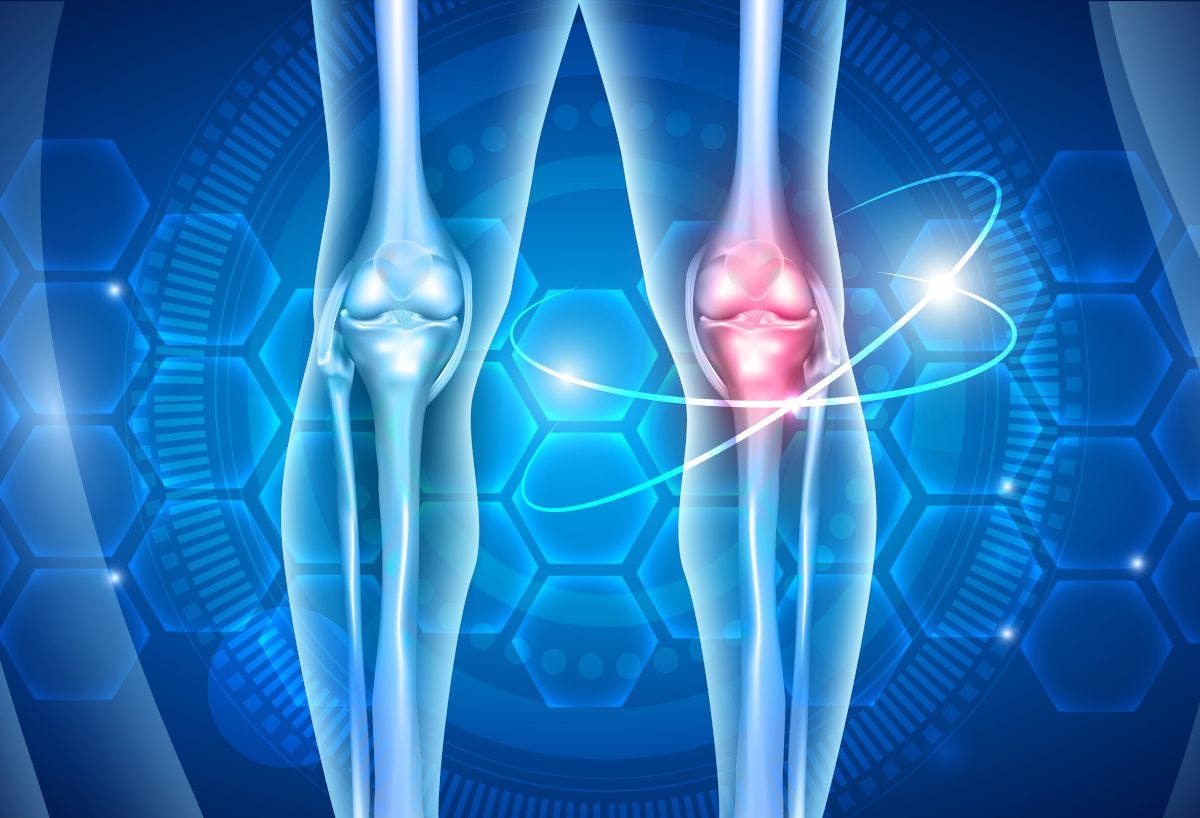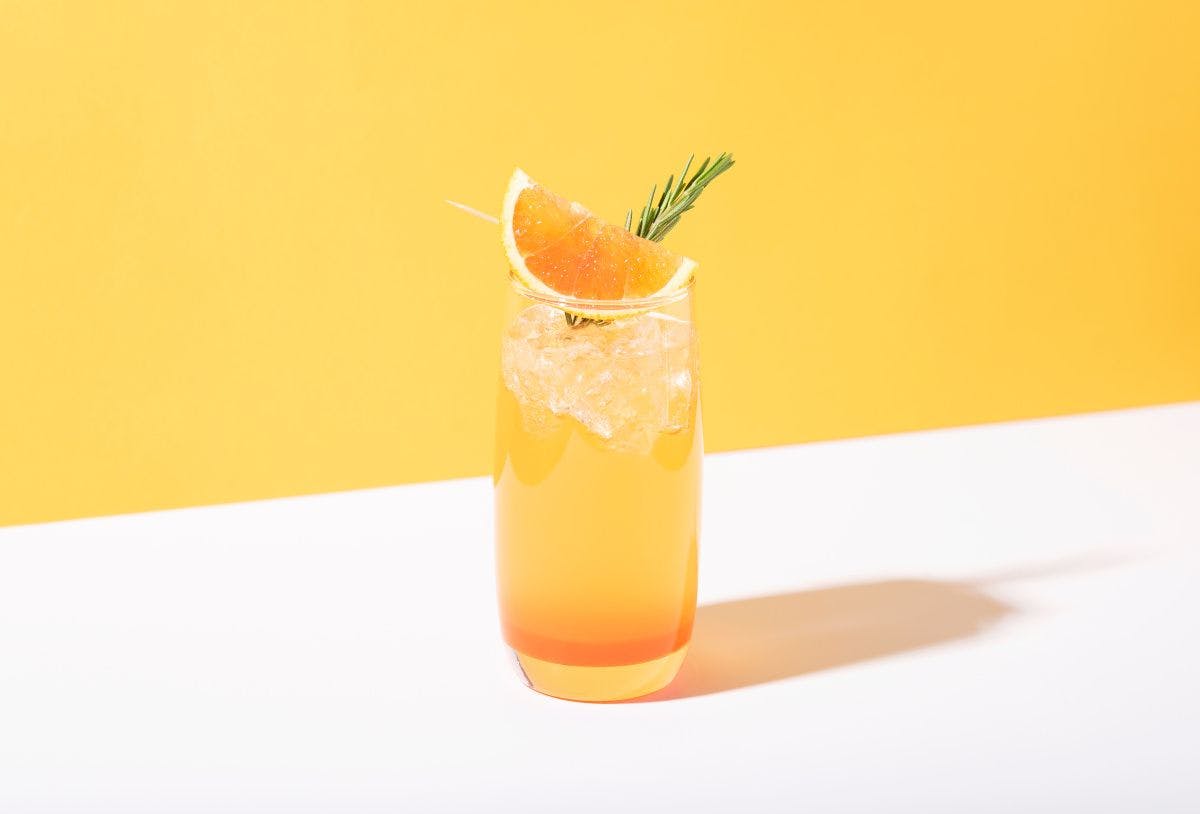Keeping up with bone health
Proper nutrition to support bone health is important throughout one’s life, creating opportunities for product development across age and gender demographics.
Photo © AdobeStock.com/Pixel Quest
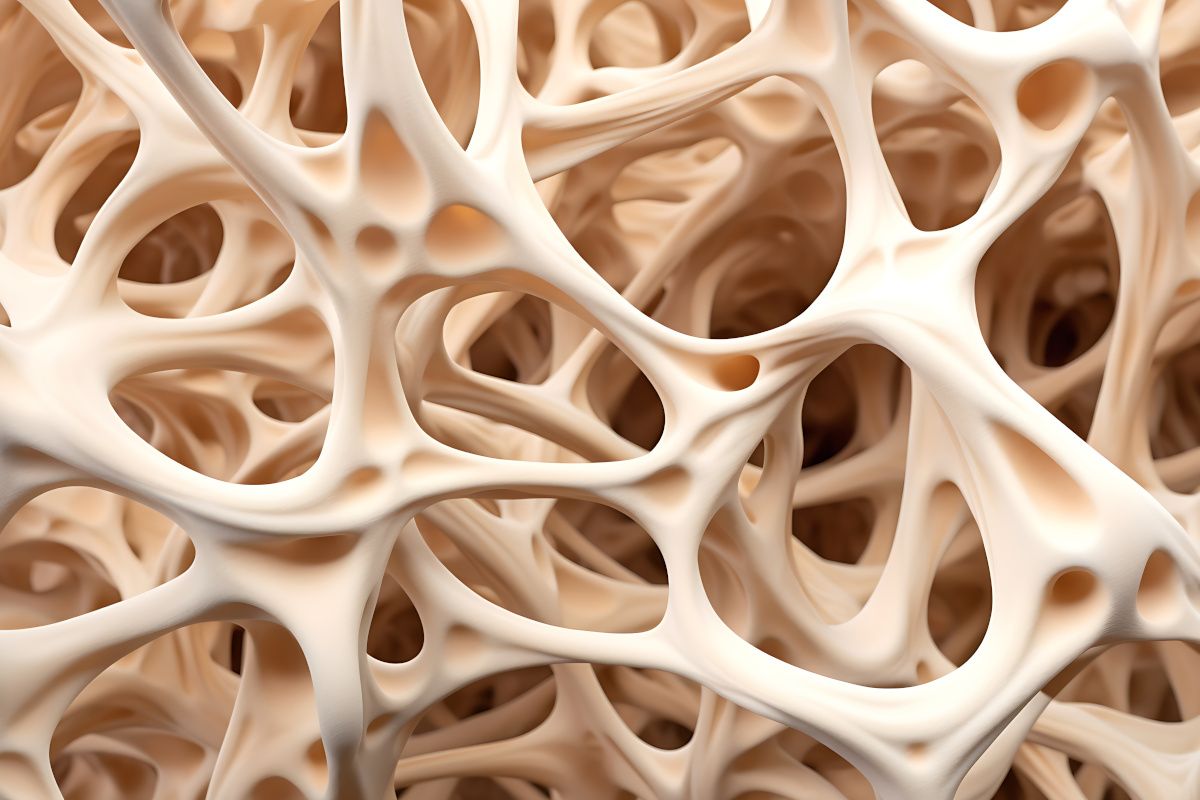
Protecting one’s bone health may start at a young age. A recent study1 conducted in Japan found that the type of sports played at adolescence may help increase one’s areal bone mineral density at an early age, thus translatinginto a higher areal bone mineral density (aBMD) at an advanced age. Researchers found that in 1,596 adults between the ages of 65 and 84, high impact sports such as basketball were associated with higher aBMD in older men and women, while volleyball and swimming was significantly associated with higher lumbar spine aBMD in older women.
Research shows that it is during childhood and adolescence that people achieve peak bone mass, and that an estimated 10% increase in peak bone mass could decrease the risk of osteoporotic fracture later in life by 50%.2 Based on family and twin studies, most of the peak areal bone mineral density in the hip and spine (50-85%) is genetically determined, but the remainder is influenced by diet and lifestyle. The peak bone mass for peripheral bone sites have less than 50% heritability. On the whole, the impact of one’s lifestyle and environment can have on bone health ranges from 15-50%, which is substantial. Unfortunately, there’s a short window to achieve peak bone mass because 90% of bone mass is acquired by the age of 20.3
The Centers for Disease Control (CDC) states that between 2017 and 2018 the prevalence of osteoporosis in the neck and lumbar spike in adults over the age of 50 was 12.6%, and that this prevalence was higher among women (19.6%) compared to men (4.4%).4 Prevalence of low bone mass for this same population was 43.1%, and again this was higher among women (51.5%) compared to men (33.5%). Additionally, the prevalence of osteoporosis in women increased in 2017-2018, compared to 2007-2008, when it was 14%. Clearly, women are more vulnerable to poor bone health. By the point women reach the age of 30, their bone mineral density starts to decline. This does not occur for men until they reach the age of 40.3 Menopause can accelerate this process, with primary osteoporosis mainly occurring in women 10-15 years following menopause.5
The reason for this is estrogen deficiency. Estrogen impacts bone health in a number of ways, including reducing bone resorption by lowering the sensitivity of bone mass to the parathyroid hormone, and increasing the production of calcitonin.5 As a result, during menopause, estrogen deficiency impairs the normal bone turnover cycle causing the amount of bone resorbed to increase and exceed the amount of bone deposited, leading to a net loss of bone.
As such, our lifestyles leading up to middle age can have a profound impact on our bone health in the long term. This is why the importance of nutrition and bone health is emphasized at childhood. While age-related decline is inevitable, having optimal bone health when the decline begins will help one maintain a higher quality of life going forward. Therefore, there is opportunity to promote bone health into teen years and adulthood.
For example, sports nutrition may be an area of opportunity. While there is a positive link between exercise and improved bone mass long-term, more serious athletes may have greater nutritional consideration for their bone health. One concern is energy availability, meaning the amount of energy available for basic bodily functions once the energy required for exercise is utilized. Research suggests that low energy availability among athletes may have adverse effects on bone health, including acute bony injuries and longer-term reduced bone mass and strength.6 There is also the potential of dermal calcium loss. Sufficient reduction of calcium levels due to dermal calcium loss could lead to increase bone resorption through the activation of parathyroid hormone. This points to a potential benefit for calcium supplementation to compensate for losses.
One study found that when 1,000 mg of calcium was given to cyclists prior to exercise, the parathyroid hormone response was attenuated.6 Sports nutrition products should therefore not ignore key bone health nutrients such as calcium, magnesium, phosphorous, vitamin D and potassium. In addition, other nutrients such as silicon, manganese, copper, boron, iron, zinc, vitamin A, vitamin K, vitamin C and B vitamins would also help athletes support the metabolic processes related to bone health.6
Because women are particularly vulnerable to declines in bone mineral density with age, and therefore may benefit the most, the biggest opportunity to promote and formulate bone supporting products may be with this demographic. Combination products have the best potential because consumers are actively looking for convenient supplements that reduce the amount of product they need to buy and consume. For example, according to data from SPINS, the 52 weeks ending December 3, 2023, cranberry supplements were among the top selling products in the bone health category of the mainstream multioutlet channel. Research suggests the dark berries such as cranberry may support bone health because of their antioxidant benefits7, cranberries are also well-known to reduce the risk of and alleviate symptoms of urinary tract infections in women.
One recent study, for example, found that supplementation with a proprietary blend of cranberry powder, d-mannose, and vitamin D3 significantly reduced the risk of UTI relapse and improved quality of life when paired with an antibiotic.8 Notice that vitamin D3 is also beneficial for bone health. Therefore, there is synergy in offering women’s health formulas that support bone health on top of other benefits such as urinary tract support. For older women, menopause-support supplements are a growing category, with bone health being of paramount importance for this demographic.
In essence, while bone health supplements are often relegated to childhood and advanced age, there are benefits to supporting bone health across one’s lifetime, creating opportunity for product development for multiple age and gender demographics.
References
- Otsuka, H.; Tabata, H.; Shi, H.; Sugimoto, M.; Kaga, H.; Someya, Y.; Naito, H.; Ito, N., et al. Playing basketball and volleyball during adolescence is associated with higher bone mineral density in old age: the Bunkyo Health Study. Front. Physiol., 2023, 14. DOI: 10.3389/fphys.2023.1227639
- Lewis, J.R.; Voortman, T.; Ioannidis, J.P.A.Evaluating and strengthening the evidence for nutritional bone research: Ready to break new ground? Journal of Bone and Mineral Research. 2021, 36 (2), 219-226. DOI: 10.1002/jbmr.4236
- Santos, L.; Elliot-Sale, K.J.; Sale, C. Exercise and bone health across the lifespan. Biogerontology. 2017, 18 (6), 931-946. DOI: 10.1007/s10522-017-9732-6
- Sarafrazi, N.; Wambogo, E.A.; Shepherd, J.A. Osteoporosis or Low Bone Mass in Older Adults: United States, 2017–2018. NCHS. 2021. https://www.cdc.gov/nchs/products/databriefs/db405.htm (accessed 2024-04-01).
- Ji M.X.; Yu, Q. Primary osteoporosis in postmenopausal women. Chronic Dis Transl Med. 2015, 1 (1), 9-13. DOI:10.1016/j.cdtm.2015.02.006
- Sale, C.; Elliot-Sale, K.J. Nutrition and athlete bone health. Sports Med. 2019, 49 (Suppl 2), 139-151. DOI: 10.1007/s40279-019-01161-2
- Hubert, P.A.; Lee, S.G.; Lee, S.K.; Chun, O.K.Dietary polyphenols, berries, and age-related bone loss: A review based on human, animal, and cell studies. Antioxidants (Basel). 2014, 3 (1), 144-158. DOI: 10.3390/antiox3010144
- Khodyreva, L.A.; Bernikov, A.N.; Kupriyanov, Y.A.; Arefieva, O.A.; Orešnik, M.; and Pushkar, D.Y. Prospective study on the efficacy and safety of Uronext® in parallel groups in women with acute cystitis. EC Gynaecology. 2024, 13 (2).
